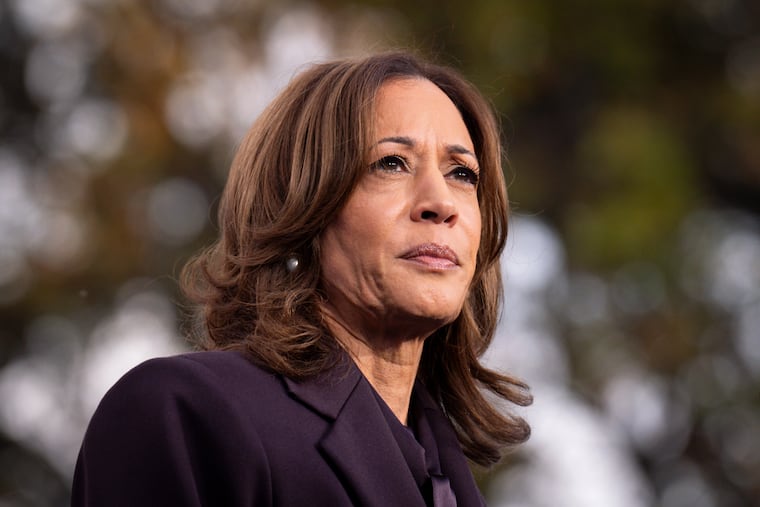Brooklyn’s Port Demonstrates Resilience and Strength in Operations
For many passengers traveling along the Brooklyn waterfront, the sight of the Brooklyn Marine Terminal (BMT) elicits curiosity about the past and potential future of this underutilized 122-acre site. Historically a bustling container port, the terminal has suffered from neglect and decline, now characterized by a sporadic cruise terminal, limited industrial tenants, and a rock-crushing operation managed by the city’s Department of Transportation.
However, promising developments are emerging that could pave the way for revitalizing the BMT. After an agreement was reached in the previous year, ownership of the terminal will transition from the Port Authority to the city’s Economic Development Corporation (EDC). The EDC has successfully secured substantial funding, amounting to 4 million in federal resources and an additional million from both state and city government sources.
This transition represents a crucial moment of opportunity for addressing significant challenges such as the ongoing housing crisis in New York City and the surrounding region. The need for a strategic and multifaceted redevelopment plan is pressing, with emphasis on transforming the BMT into a site that not only facilitates maritime activities but also integrates housing and community spaces. The key to this transformation lies in achieving a delicate balance among various land-use objectives.
In recent months, a 28-member Task Force has convened to establish a comprehensive vision for the terminal. Discussions have centered around the optimal scale and placement of residential buildings, the integration of public amenities, and protection against flooding. Different stakeholders express varying priorities, including a focus on expanding port operations, constructing new housing, and enhancing public spaces. The Task Force aims to synthesize these diverse perspectives into an actionable blueprint that will support the economic viability of the terminal and its surrounding community.
The redevelopment plan envisions a modern, all-electric port designed to complement new housing and waterfront parks. While port activity at BMT currently lags compared to operations across the river in New Jersey, it holds the potential to become an integral part of New York’s “Blue Highway” system, which seeks to reduce truck traffic and improve air quality through the use of barges for goods transportation. This approach aligns with broader goals of urban sustainability and redevelopment.
An important phase of plan approval is set to take place in the coming weeks when Task Force members will cast their votes. This initial vote is merely the first step in a much longer process that will involve ongoing refinement and community engagement. Following this, a working group will be established to develop the General Project Plan, a crucial framework that will guide the project toward implementation.
The timeline is critical. If the Task Force fails to agree on a concrete plan soon, vital funding may be forfeited, resulting in the deterioration of the terminal and missed opportunities for economic growth and environmental reclamation. The stakes are high for Brooklyn and its residents, who stand to benefit significantly from a well-executed redevelopment initiative that can enhance public spaces, create jobs, and provide much-needed housing.
The BMT presents an unparalleled opportunity to redefine how urban spaces support both community needs and industrial functions. With the right vision and leadership, the terminal could evolve into a vibrant, resilient waterfront asset—a model for sustainable urban development in New York City.
Media News Source







